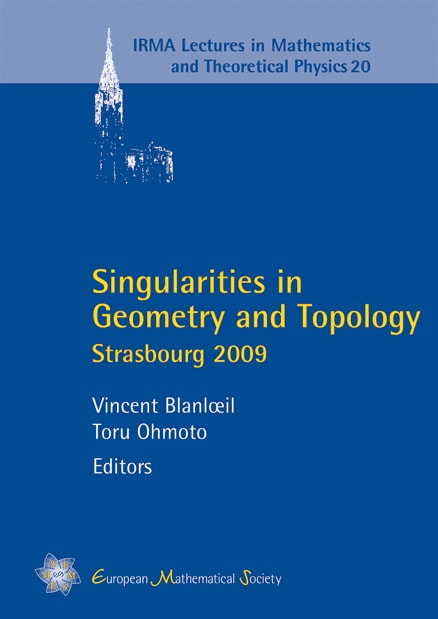On the universal degenerating family of Riemann surfaces
Yukio Matsumoto
Gakushuin University, Tokyo, Japan

A subscription is required to access this book chapter.
Abstract
Let be a closed oriented (topological) surface of genus (). Over the Teichmüller space of , Bers constructed a universal family of curves of genus , which would be well called “the tautological family of Riemann surfaces”. The mapping class group of acts on in a fibration preserving manner. Dividing the fiber space by this action, we obtain an “orbifold fiber space” , where and denote and , respectively. The latter quotient is called the moduli space of . The fiber space can be naturally compactified to another orbifold fiber space . The base space is called the Deligne–Mumford compactification. Since this compactification is constructed by adding “stable curves” at infinity, it is usually accepted that the compactified moduli space is the coarse moduli space of stable curves of genus . In this paper, we will sketch our argument which leads to a conclusion, somewhat contradictory to the above general acceptance, that the compactified family is the universal degenerating family of Riemann surfaces, i.e., it virtually parametrizes not only stable curves but also all types of degenerate and non-degenerate curves.
Our argument is a combination of the Bers–Kra theory and Ashikaga’s precise stable reduction theorem.